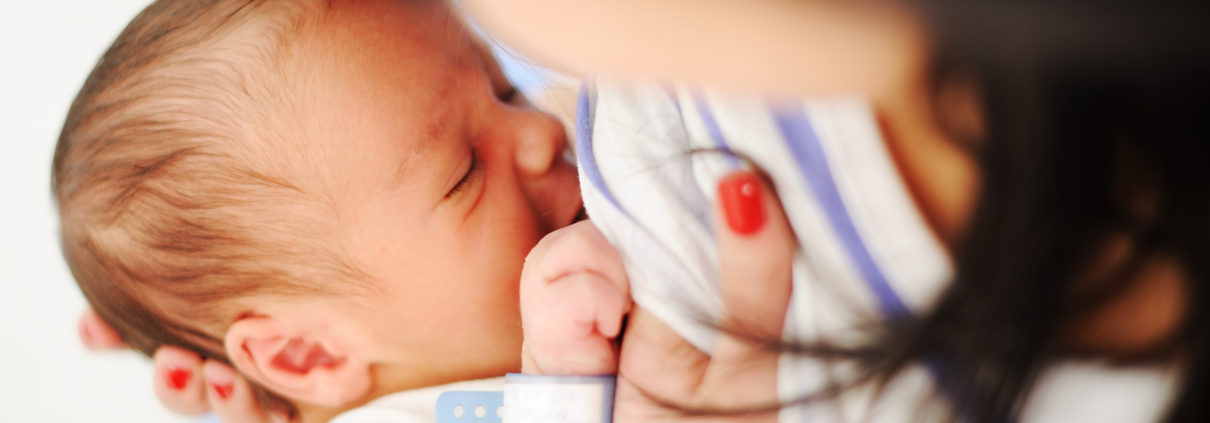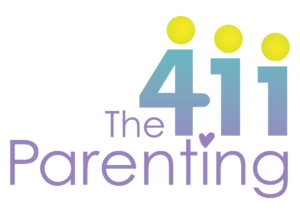Beauty and The Breast
A woman’s breast is a thing of beauty. For generations men and boys alike have been enamored with the sight of it, whether clothed, bare, captured in portraits, off in the distance or close up. So, it puzzles me that, lately, society seems to have a love-hate relationship with the breast. On one hand it is to be ogled, caressed and admired when tumbling out of bustier, over a plunging neckline, or peeking through a clingy blouse. BUT, heaven forbid, even a few centimeters of it is revealed as it performs its life-sustaining, God-ordained function – breastfeeding a young child!
I was struck anew by this paradox when I recently watched a video of an online social experiment. The researchers wanted to see how passersby would respond when they saw a voluptuous woman baring her breasts in a revealing blouse vs. a woman breastfeeding her baby in public, in a comparatively low-key fashion. The woman in the revealing blouse got many admiring looks and a few compliments from men, with one man asking for permission to sit down beside her. Women who passed by offered no comments or disapproving glances. When the breast-feeding mom replaced her on the bench, people could not contain themselves. Reactions ranged from lectures about how inappropriate, even disgusting, her behavior was, sharp questions about why she needed to “do that” there, to advice that she should find someplace else to do “that”. To do what? Feed her baby?? How many of us adults eat in a closet or bathroom? Suddenly, the same body part that only moments ago was admired effusively became a disgusting appendage meant to be covered.
It is hard to believe that, today, when there is so much science to substantiate the preeminent nutritional value provided by breast milk, women still have to defend themselves for offering this sustenance to their hungry little ones. The World Health Organization offers these guidelines when it comes to breastfeeding1:
- Breastfeeding is the normal way of providing young infants with the nutrients they need for healthy growth and development. Virtually all mothers can breastfeed, provided they have accurate information, and the support of their family, the health care system and society at large.
- Colostrum, the yellowish, sticky breast milk produced at the end of pregnancy, is recommended by WHO as the perfect food for the newborn, and feeding should be initiated within the first hour after birth.
- Exclusive breastfeeding is recommended up to 6 months of age, with continued breastfeeding along with appropriate complementary foods up to two years of age or beyond.
Yet, recent studies conducted in England and Canada suggest that not only are bystanders often resistant, but a third of nursing mothers report feeling embarrassed about breastfeeding in public. It is no wonder, then, that champions of breastfeeding felt vindicated and took to social media expressing their admiration when this photo started making the rounds this week:

What was essentially a candid moment of a mother lovingly feeding her child during a break in a photo shoot became a portrait of empowerment and encouragement for mothers who are committed to breastfeeding. That this was ‘a moment’ this week suggests the battle is still on for the dignity and wide-open respect for this practice; a battle that was being waged as far back as the 1950’s when La Leche League was launched by determined mothers who fiercely promoted breast-feeding as “God’s plan for mothers and babies”. It’s time we evolve and recognize that, indeed, the breast is a beautiful thing – in form AND function.
1 World Health Organization, http://www.who.int/topics/breastfeeding/en/


